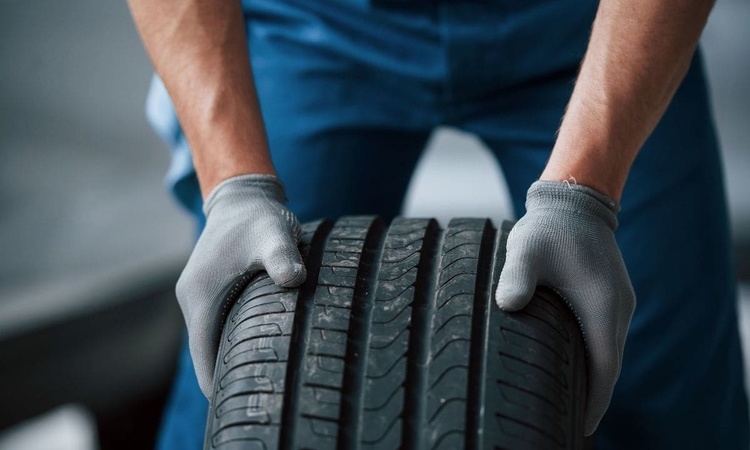How Air Pumps Work and Why They Are Useful
Air pumps are tools that move air from one place to another. They can fill tires, balls, and inflatable objects. Learning how air pumps work helps people understand the movement of air, how pressure changes, and how everyday items can be inflated with simple tools.

Understanding Basic Air Pump Function
The fundamental principle behind air pump function involves creating a pressure differential that forces air to move from areas of high pressure to areas of low pressure. Most air pumps operate using a piston mechanism housed within a cylinder. When the piston moves upward, it creates a vacuum that draws air into the cylinder through an intake valve. As the piston moves downward, it compresses the air and forces it out through an outlet valve into the target object. This continuous cycle builds pressure gradually until the desired inflation level is reached.
Different types of air pumps use variations of this basic mechanism. Hand pumps rely on manual force to operate the piston, while electric pumps use motors to automate the compression process. Some specialized pumps incorporate multiple cylinders or stages to achieve higher pressures more efficiently.
How Air Pumps Work in Different Applications
The working mechanism of air pumps varies depending on their intended use and design complexity. Bicycle pumps typically feature a simple single-cylinder design with a long handle for leverage, allowing users to generate sufficient pressure for narrow bike tires. Car tire pumps often include pressure gauges and automatic shut-off features to prevent over-inflation.
Electric air pumps utilize motors to drive the compression mechanism, making them ideal for heavy-duty applications or frequent use. These devices often include digital displays, preset pressure settings, and multiple nozzle attachments for versatility. Some advanced models can both inflate and deflate, making them particularly useful for air mattresses and similar applications.
Diaphragm pumps represent another category, using a flexible membrane instead of a piston to create pressure changes. These pumps are often quieter and require less maintenance than traditional piston designs.
Essential Tire Inflation Tools and Features
Tire inflation tools have evolved significantly to include various features that enhance usability and accuracy. Modern tire pumps typically include built-in pressure gauges that display readings in PSI, bar, or kPa units. This integration eliminates the need for separate measuring devices and ensures accurate inflation.
Many tire inflation tools now feature automatic shut-off capabilities that stop the pump when the preset pressure is reached. This prevents over-inflation and potential tire damage. Quick-connect fittings and locking mechanisms ensure secure connections to valve stems, preventing air loss during the inflation process.
Portable compressors designed for automotive use often include emergency features such as built-in LED lights for nighttime use and multiple power options including 12V car outlets and rechargeable batteries. Some models also include emergency supplies like tire repair kits and jumper cables.
Air Pressure Basics and Safety Considerations
Understanding air pressure basics is crucial for safe and effective pump operation. Air pressure is measured in pounds per square inch (PSI), with different applications requiring specific pressure ranges. Car tires typically require 30-35 PSI, while bicycle tires can range from 30-120 PSI depending on the tire type and riding conditions.
Over-inflation can lead to reduced traction, increased wear, and potential blowouts, while under-inflation causes poor handling, increased fuel consumption, and premature tire failure. Always consult manufacturer specifications for recommended pressure levels.
Temperature affects air pressure significantly, with pressure increasing in hot conditions and decreasing in cold weather. Regular pressure checks are essential, especially during seasonal transitions. Most experts recommend checking tire pressure monthly and before long trips.
Choosing the Right Inflatable Item Pump
Selecting an appropriate inflatable item pump depends on your specific needs and usage frequency. For occasional home use, a basic manual pump may suffice for pool toys and air mattresses. However, frequent users or those with multiple inflatable items should consider electric pumps for convenience and speed.
Battery-powered pumps offer portability for camping and outdoor activities where electrical outlets are unavailable. These typically provide sufficient power for most recreational inflatables while remaining compact and lightweight.
High-volume pumps are designed for large items like boats, large air mattresses, and commercial inflatables. These often feature multiple speed settings and various nozzle attachments to accommodate different valve types.
Consider noise levels when selecting pumps for indoor use, as some electric models can be quite loud. Look for models with noise-dampening features if quiet operation is important.
Maintenance and Troubleshooting Tips
Proper maintenance ensures reliable pump performance and extends device lifespan. Regular cleaning of air filters prevents debris from entering the compression chamber and reduces wear on internal components. Lubricate moving parts according to manufacturer recommendations, typically using light machine oil on pivot points and seals.
Store pumps in dry locations to prevent rust and corrosion, especially for models with metal components. Check hoses and connections regularly for cracks or wear that could cause air leaks. Replace worn seals and gaskets promptly to maintain pressure efficiency.
Common troubleshooting issues include reduced pressure output, unusual noises, and failure to start. Low pressure often indicates worn seals, clogged filters, or valve problems. Unusual noises may suggest loose components or inadequate lubrication. Regular maintenance schedules can prevent most issues and ensure reliable operation when needed.
Air pumps serve essential roles in maintaining proper inflation for vehicles, recreational equipment, and emergency situations. Understanding their operation principles, selecting appropriate models for specific needs, and maintaining them properly ensures reliable performance and safety. Whether for routine tire maintenance or recreational activities, having the right air pump knowledge helps you make informed decisions and use these valuable tools effectively.




